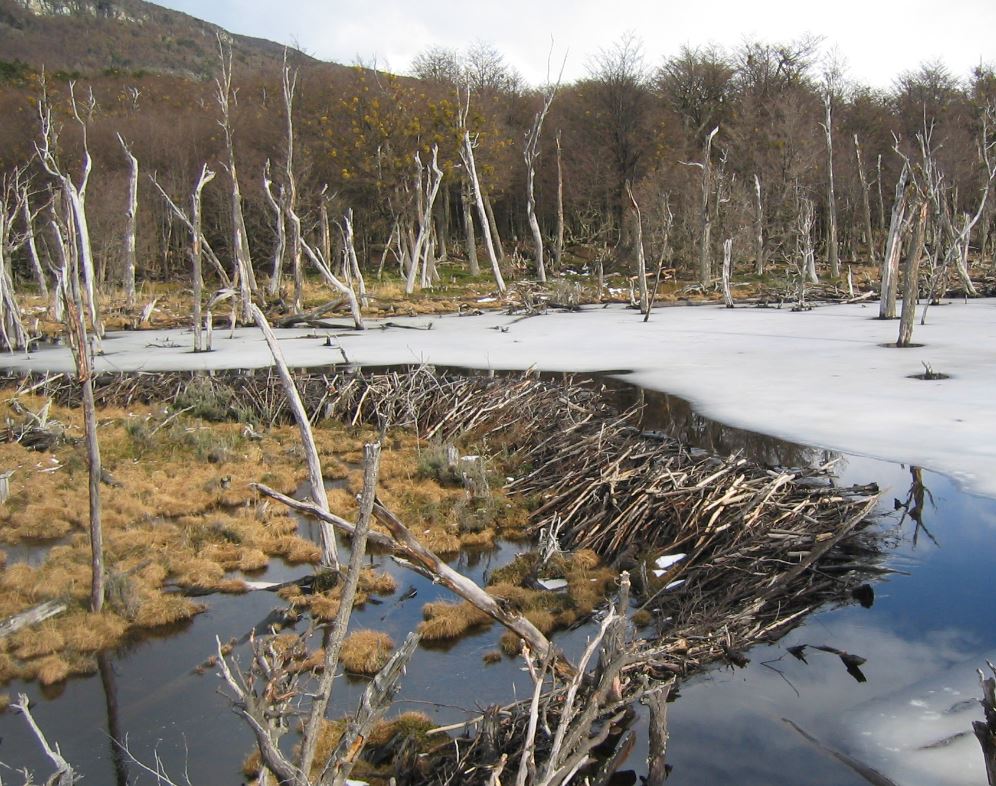Climate change has profoundly impacted ecosystems globally, but invasive alien species are another dire threat.
The 2019 IPBES Global Assessment Report ranked them among the top drivers of biodiversity loss, alongside climate change, land/seascape changes, species exploitation, and pollution. IPBES, established in 2012 with 144 member nations, aims to bridge science and policy to conserve biodiversity. The 2019 assessment revealed over 37,000 alien species introduced in recent centuries. A new report highlights a rapid rise, approximately 200 new alien species annually, with an annual economic cost exceeding USD 423 billion. Solutions are proposed to prevent, detect, and control invasive species, safeguarding nature and enhancing human life.
Key messages
1: Invasive alien species pose a significant threat to nature, the benefits it provides to people, and overall quality of life. In Africa, these invaders jeopardize food security by harming fish production, agriculture, grazing, and water supplies. The introduction of the Nile perch in Lake Victoria in 1954 led to the extinction of nearly 200 cichlid species, marking one of the largest vertebrate extinction events in the 20th century. This invasion also triggered the proliferation of water hyacinth, which hindered access to the lake, impeding transport and fishing.
2: Globally, invasive alien species and their impacts are on the rise and are expected to continue increasing. However, accurate data is crucial for understanding the full extent of the problem. Recent research revealed that reported economic costs of invasive aquatic species were disproportionately distributed across regions, with Africa, Oceania-Pacific Islands, and the Antarctic-Subantarctic accounting for only 0.6% of the estimated global cost of USD 345 billion. This disparity is not due to lower costs in these regions but rather the lack of comprehensive data collection.

















